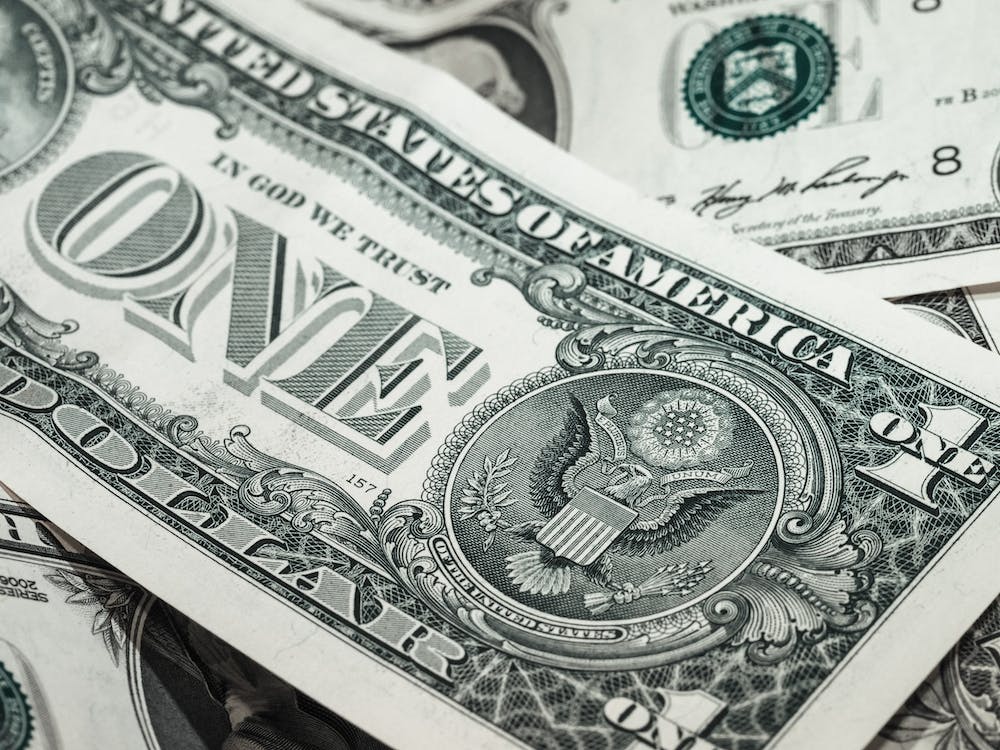1500 Loans for Bad Credit: How to Get Approved
When you need money, 1500 loans for bad credit may be the best solution for you. However, it can be difficult to know how to get approved for a loan when your credit score is low. In this article, we will discuss some tips that can help you improve your chances of being approved for a 1500 loan.
How Much Does a $1500 Loan Cost?
“When it comes to 1500 loans for bad credit, the cost can be high. Not only will you have to pay additional fees and interest due to your lower credit score, but you may also find yourself paying more in terms of the total amount borrowed. Generally speaking, 1500 loans for bad credit have an APR that is significantly higher than other types of loans, ranging anywhere from 15% to 35%.
This means that if you decide to take out a 1500 loan with bad credit, you could end up paying around $225-$350 in interest alone over the course of a 12-month loan term. This does not include any additional fees like origination fees or late payment charges that could apply depending on your lender. It’s important to understand all the costs associated with 1500 loans for bad credit before making a decision so that you can budget accordingly and make sure the loan is affordable.
Additionally, 1500 loans for bad credit often have shorter repayment terms than traditional loans. This means you’ll have less time to repay what you borrow and should factor this into your budgeting process as well. The best way to save money on 1500 loans for bad credit is by ensuring that you make all of your payments on time and attempt to pay off your loan as quickly as possible. By doing so, you’ll reduce the amount of interest paid and the overall cost of borrowing.
Finally, it’s always advisable to shop around when searching for 1500 loans for bad credit because different lenders offer different terms and conditions along with varying interest rates. It pays to compare offers from multiple lenders so that you can find the best deal possible.”
What Is The Eligibility Criteria For Applying For A $1,500 Loan?
When applying for 1500 loans for bad credit, it is important to understand the eligibility criteria that lenders will consider when making a decision. Generally speaking, 1500 loan applicants should have a steady source of income and be at least 18 years of age or older. Additionally, 1500 loan borrowers should have an active checking account which the lender can deposit the funds and collect repayments from.
In terms of credit score, 1500 loan lenders will typically require borrowers to have a minimum FICO score of 500 or higher. However, many lenders also offer 1500 loans to those with lower credit scores on a case-by-case basis. Other factors that 1500 loan providers might consider include things like debt-to-income ratio and employment history. It’s important to note that 1500 loans are usually only approved for short-term financing needs and may not be suitable for long-term financing solutions such as mortgages or auto loans.
In addition to the eligibility criteria mentioned above, 1500 loan lenders may also require certain documents to process your application. These documents may include proof of identities such as a driver’s license or passport, proof of income such as recent pay stubs, bank statements showing enough funds to cover payments on the 1500 loan, and any additional information needed by the lender to approve your loan request.
If I Have Bad Credit, Can I Apply For A $1,500 Loan?
Yes, it is still possible to apply for 1500 loans for bad credit, even if your credit score is low. Some lenders specialize in bad credit loans and can offer 1500 loan terms to borrowers with lower credit ratings. These 1500 loan providers may offer more flexible terms, such as smaller down payments or longer repayment plans, which can make the 1500 loan more manageable for individuals with bad credit. Additionally, some 1500 loan lenders may also not require a hard credit check when approving 1500 loans, which can help borrowers avoid additional damage to their credit score.
That being said, even though 1500 loans for bad credit can be obtained with a lower credit score, they are still likely to come with higher interest rates and fees than those associated with traditional 1500 loans. You should always compare multiple 1500 loan offers before deciding to find the best deal available that meets your individual needs. It’s important to remember that 1500 loans for bad credit come with added risks and should only be used if you are sure you will be able to make all of your payments on time and in full.
It’s also worth noting that 1500 loans for bad credit can help improve your overall financial health by providing access to needed funds without having to resort to other methods, such as payday loans or pawning items of value. Making timely payments on a 1500 loan could help rebuild your credit score over time, provided you continue following responsible borrowing practices throughout the life of the loan.
Which States Can I Get My $1,500 In?
The 1500 loan you are applying for can be obtained in most states across the United States. However, there may be certain state-specific regulations that 1500 loan lenders must abide by. For example, some states may have higher interest rates and fees associated with 1500 loans than other states. Additionally, some states may also place restrictions on how much 1500 loan borrowers can borrow and the length of time they have to repay the loan.
To determine which states 1500 loans for bad credit can be obtained in, it is important to check out the lending policies of each lender that you are considering applying with. Different 1500 loan lenders may offer 1500 loans in different states or even nationwide, depending on their policies. It is also important to consider any state-specific regulations applicable to 1500 loans, as these can affect things like repayment terms and maximum borrowing amounts.
When researching 1500 loan lenders in your area, it is also a good idea to read online reviews from past customers so you can get an idea of their customer service and how quickly they process applications. Once you have a better understanding of which 1500 loan providers are available in your area, you can then compare their terms and conditions to make sure that you find the best deal possible for your individual needs.
Lastly, it is important to remember that taking out a 1500 loan should only be done if necessary and if you are certain that you will be able to make all payments on time and in full. While 1500 loans for bad credit can provide access to quick funds when needed, it is possible to incur additional debt if payments are not made according to the repayment schedule outlined by the lender. Therefore, borrowers need to consider their financial situation carefully before taking out a 1500 loan, so they don’t end up further damaging their credit score or putting themselves into financial hardship down the line.









